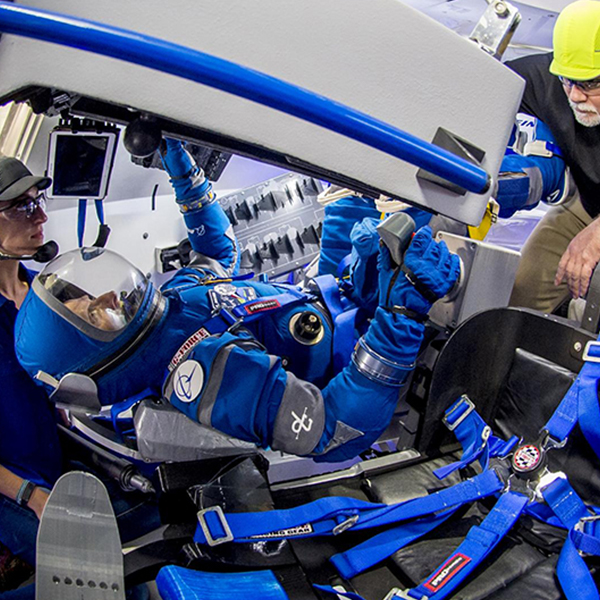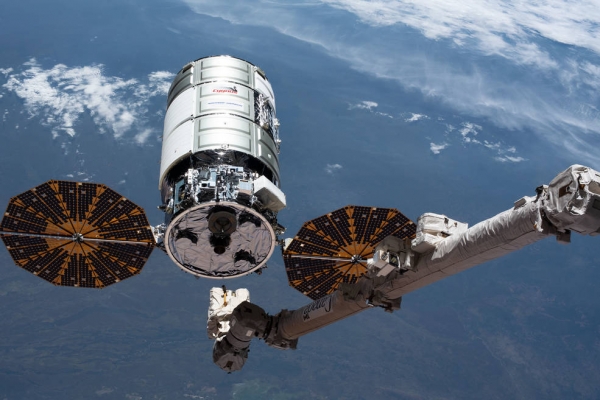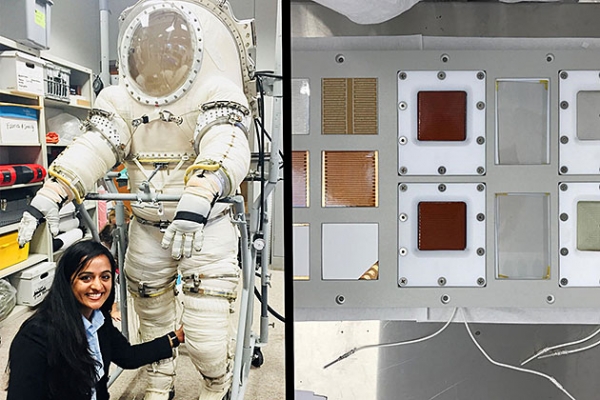Testing Spacesuit Material

Testing of the Boeing Starliner spacesuit (Boeing)

Testing of the Boeing Starliner spacesuit (Boeing)
6.25
How does this align with my curriculum?
Curriculum Alignment
BC
11
Earth Sciences 11 (June 2018
Big Idea: Astronomy seeks to explain the origin and interactions of Earth and its solar system.
ON
12
Earth and Space Science, Grade 12, University (SES4U)
Strand C: Planetary science (Science of the Solar System)
YT
11
Earth Sciences 11 (British Columbia, June 2018
Big Idea: Astronomy seeks to explain the origin and interactions of Earth and its solar system.





